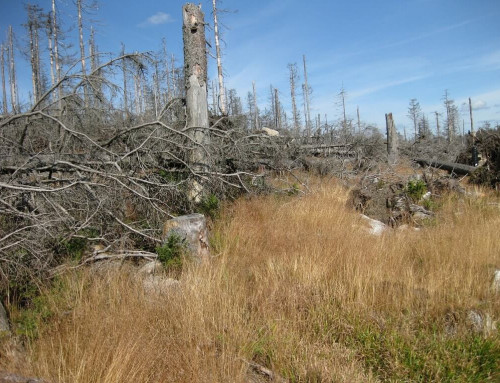
Grazing Cattle. Image credit blogspot.com
ZIMSEC O Level Geography Notes:Agriculture:Farming types in Africa:Cattle Ranching as a system
We are aware that some of the information in this topic is dated but we have included it because examiners still keep examining on it.
- Cattle ranching , like any other farming activity, is a system, complete with inputs, processes and outputs.
| Inputs | Processes | Outputs |
|---|---|---|
| Large land-the ranch | Buying livestock | Meat-fresh, frozen, chilled, canned,smoked, dried |
| capital-to buy breeding bulls and cows, weaners, dipping chemicals, medicines, fence and to pay labour | Herding cattle, paddocking | Offals |
| Labour- for paddocking, herding, dipping, dosing, and fattening the cattle | Dipping | Skin/hides |
| Transport-lorries | Vaccinating, dosing | Hooves |
| Water- from the dams | Weaning, Dehorning, Castrating bullocks | Bones |
| Salt-natural and artificial, silage/hay/stock feeds | Slaughtering, Transporting | Horns |
| Fencing materials, medicine-for dipping, vaccinating and dosing | Fattening, marketing | Manure Capital |
Organisation of the beef industry
- Three groups of people in Zimbabwe are responsible for the rearing of livestock, especially cattle for sale on the market.
- These are the commercial farmers, the small-scale communal and resettlement farmers and the Cold Storage Company (CSC).
- CSC is a commercialised government parastatal entrusted with the responsibility of the running and marketing of all livestock in the country.
- Commercial farmers, Government and the CSC have large ranches, for example, Mwenezi Ranch, the biggest in Zimbabwe with over 100 000 cattle while communal and resettlement farmers have small communal grazing areas and communal dip tanks.
- Commercial farmers and the CSC announce area by area when cattle are sold at specified sale pens over the radio.
- Buyers assemble here and bid for the cattle on sale with the highest bidder getting the beast first.
- Usually the CSC buys the cheapest or reject beasts which they have to feed and fatten before sale for slaughter.
- There are sale pens for small-scale farmers as well with the CSC buying almost all the cattle from this source.
- The cattle are then grazed on open pasture, crop residues and are intensively stall-fed on stock feeds just before slaughter for them to gain weight and produce high quality beef.
- The CSC markets the meat locally to supermarkets after slaughtering them at its abattoirs.
- Some farmers sell their cattle directly to butcheries.
- The CSC also markets the beef to the European Union (EU) which has granted Zimbabwean annual quota of 10 000 tonnes which earns the country money.
Problems faced by the beef industry
- Drought, foot and mouth, liver fluke, lump skin, black leg, nagana, ticks, poachers/rustlers.
To access more topics go to the O Level Geography Notes page



